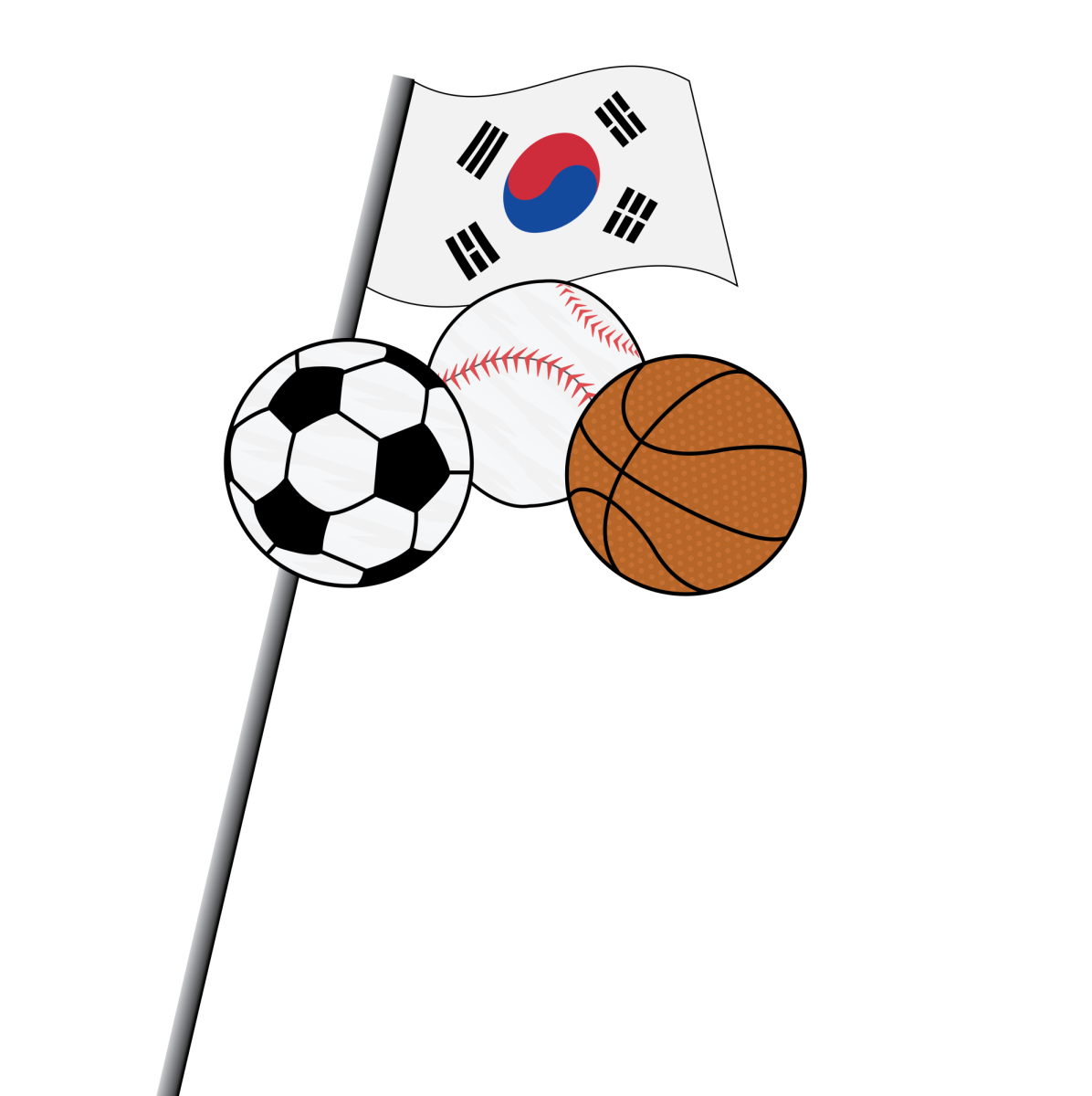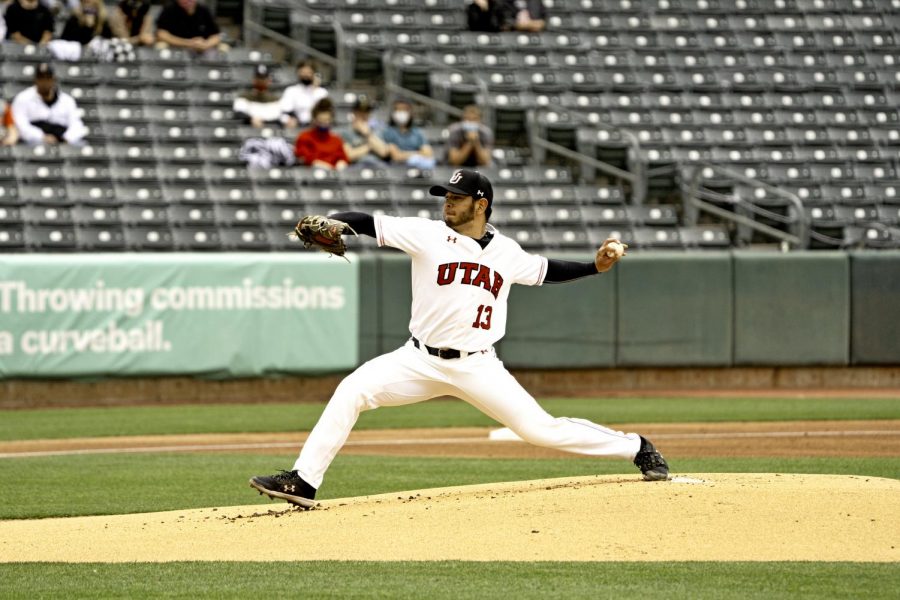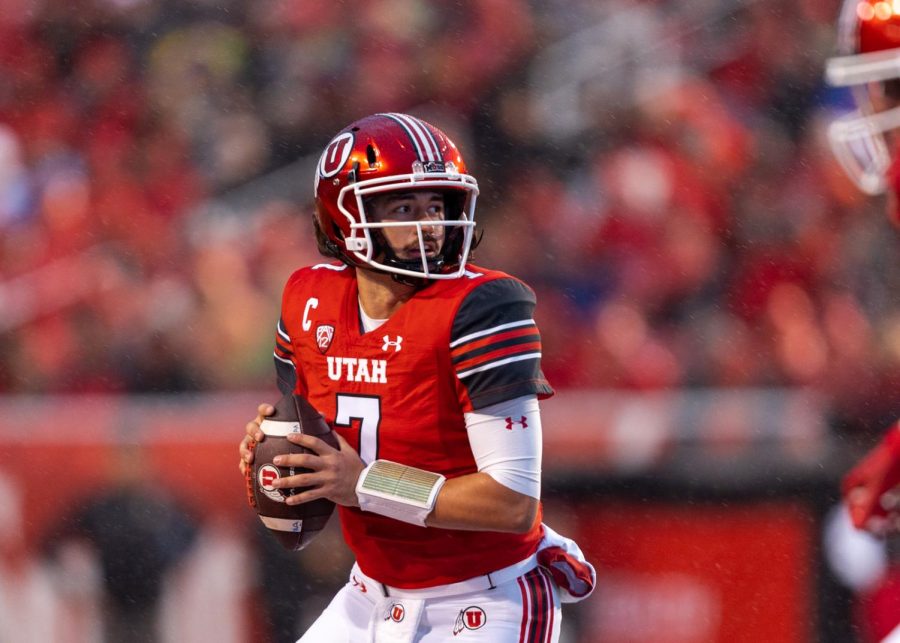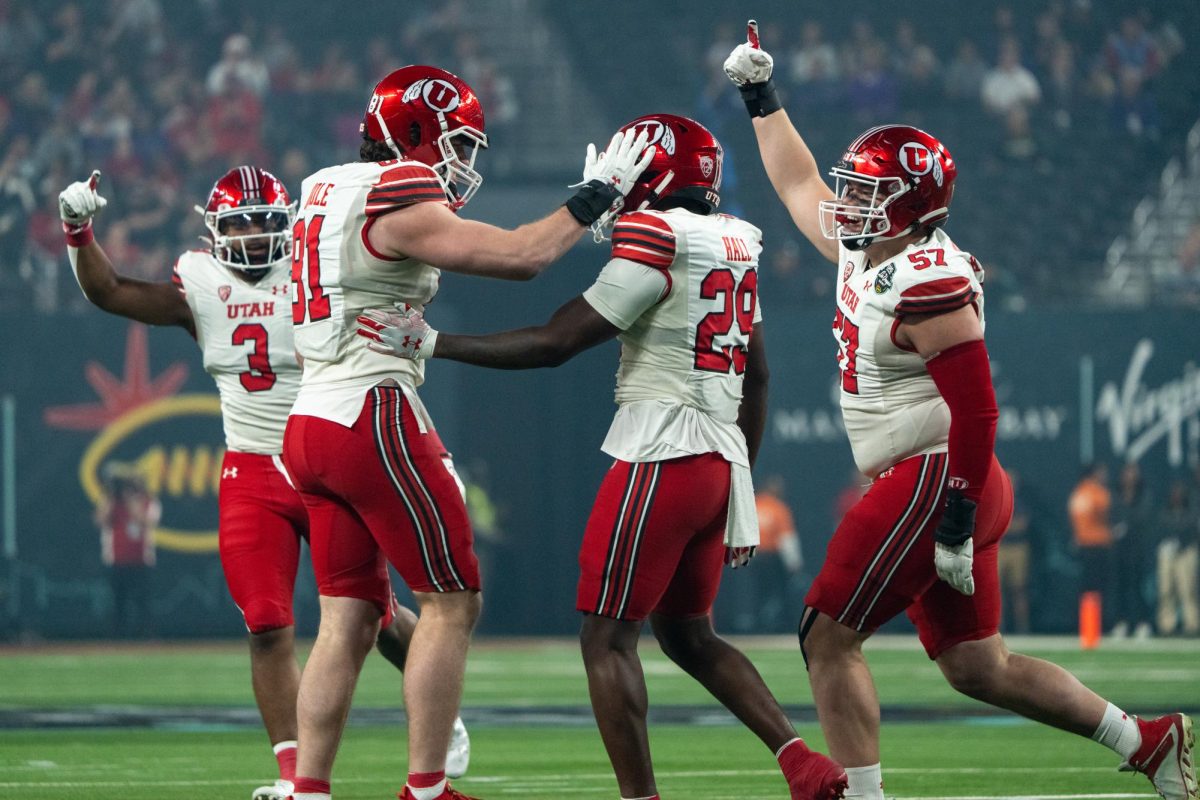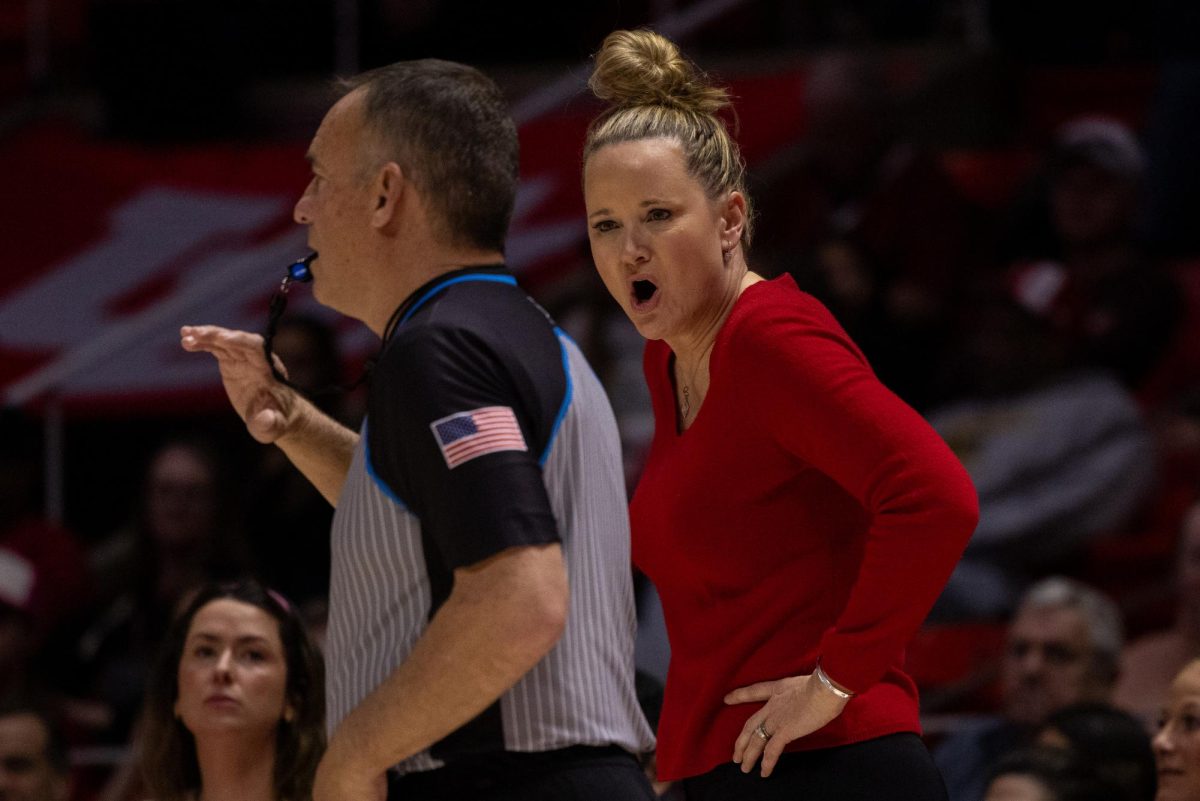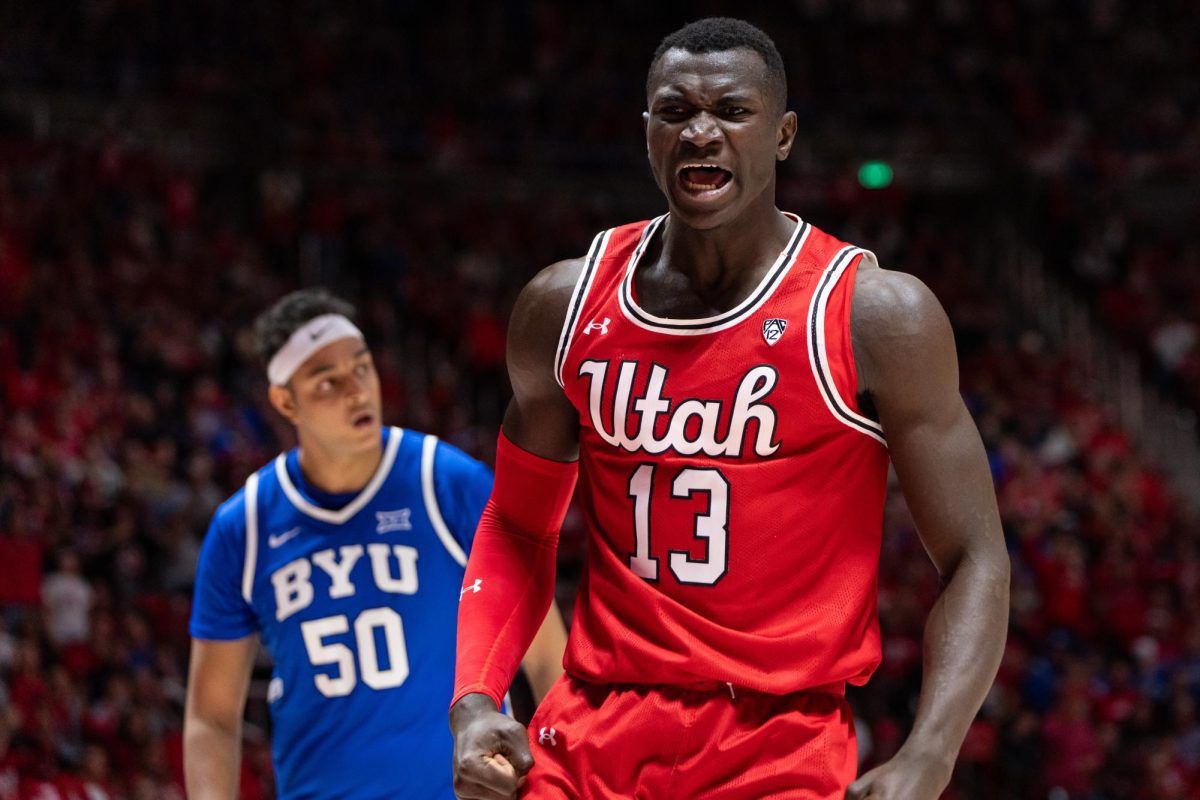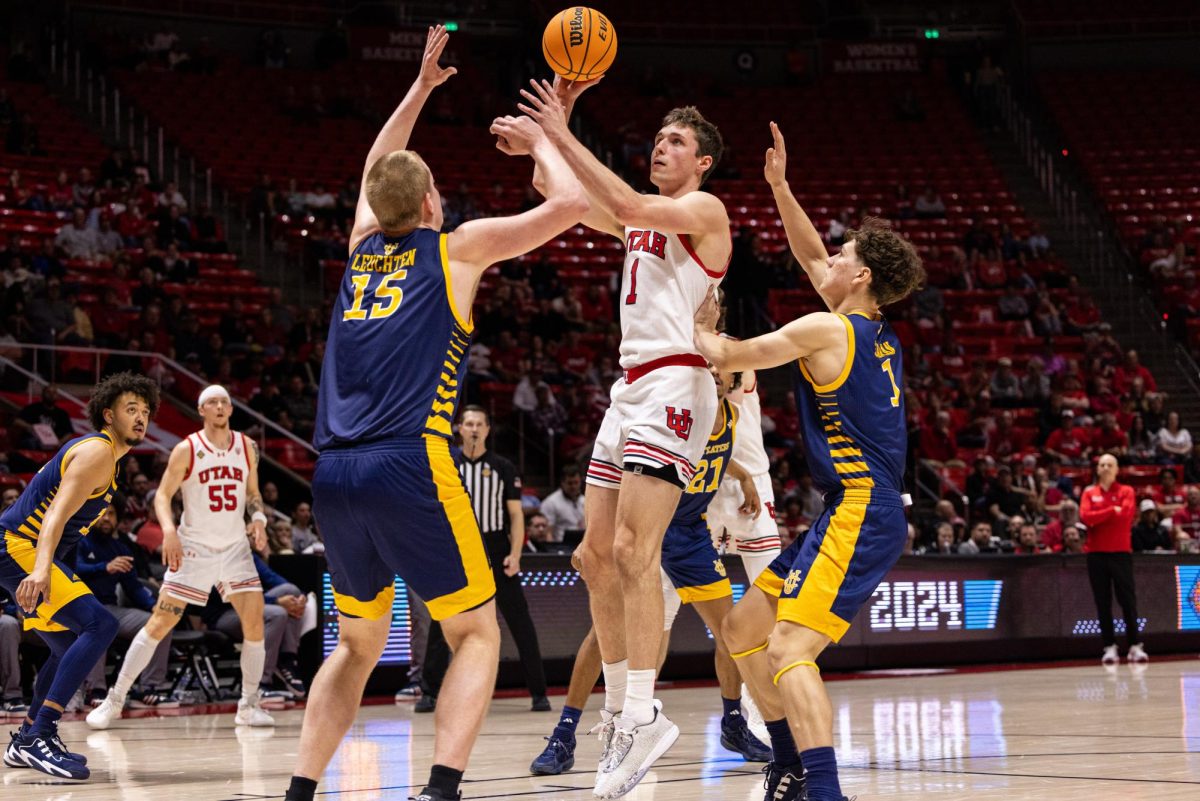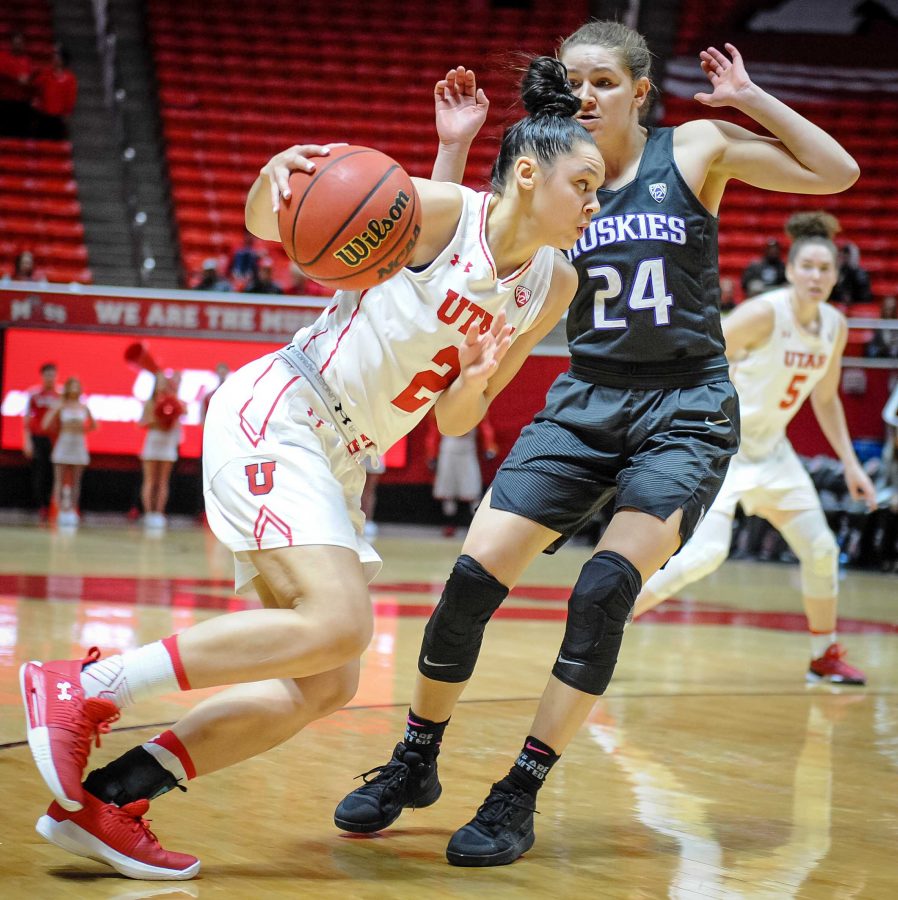International sports have served many roles in the United States, but what doesn’t get enough attention is that sports has an international presence. The ability of sports to reach international stages and translate across the vast array of languages, customs and cultures is a unique quality of the games we watch. It makes sense given the simple nature of sports — if one team scores more than the other, they win. That simplicity associated with sports is what makes it so easy to understand across the world. Words aren’t even required to enjoy the games we watch.
One of the ways that international sports make an appearance is through different versions of American sports around the world. All of the “Big Four” — American football, baseball, basketball and hockey — are played in different countries. While many opt to follow the same rules as their American counterparts, many have a completely different set of regulations that make these games completely unique.
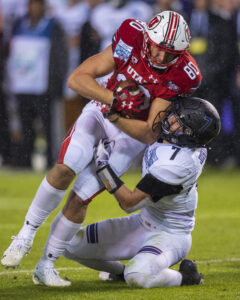
Football
We start with football, a sport that has many different iterations around the world. The National Football League has, more or less, been in existence since the 1920s, when a league was established to offer a professional outlet for college players who were exceptional at their position. Within a few decades, the league got an international sibling with the introduction of the Canadian Football League in 1958. While “rugby football” has Canadian roots in the 19th century, the “Americanized” version of football hadn’t procured itself in our country’s neighbor until the foundation of the CFL, presenting a product that would look a lot more similar to the football we watch on Sundays. Where the two leagues differ, however, is in the rules and layout of the game. The regulation NFL field is 100 yards, with five-yard markers and an even 50-yard marker to split the field in half. The field goal posts are placed at the back of the end zone, the two end caps of the field that are each 10 yards wide. The game is set up so that, while the offensive team has the ball, they have four attempts to go 10 yards, with the opportunity to punt/kick a field goal should they fail in that. The CFL diverts from all of these rules, fairly substantially. The setup of a regulation CFL field is vastly different from its NFL counterpart and the differences can be seen without knowing anything about the rules of the game. A CFL field is 110 yards wide, excluding the end zones. This is achieved by two 50-yard markers, with a 55-yard line splitting the field in half. The end zones are much wider than their NFL counterparts, extending the typical end zone by 10 yards and placing the field goal posts on the goal line, as opposed to placing it in the back of the end zone. The CFL also allows offensive units three downs to achieve 10 yards as opposed to the NFL’s four. The tight end position is also not found in CFL play, with two slotbacks used in their place, bringing the total number of players on the field to 24 (12 on each side), which is two more than the NFL’s 22 (11 on each side).
One of the more profound differences between the NFL and CFL is the inclusion of the “rouge,” a CFL-exclusive rule that allows teams to score in intervals of one. The rouge is a singular point that can be scored in two ways, both of which involve the field goal or punting units. Should a field goal or punt exit out of the back of the end zone, the kicking team will receive one point. The other method is much more human-involved and involves a missed field goal that is recovered by the defense but does not exit the end zone before being brought down. Both of these instances involve missing a field goal, so the rouge isn’t a point that makes many appearances, but it offers a fourth way to score — the touchdown, the field goal, the two-point safety and the rouge — that gives more parity to a league with pretty familiar scoring metrics.
Baseball
Baseball has been represented on the international stage for well over a century. Baseball has been played, in some fashion or other, since the New York Knickerbockers Baseball Club formed in 1845. Since Joey Cartwright pioneered what would become the official rules of the game, it seemed to be destined for expansion outside of the U.S. A huge market for international baseball was found, not too long after the formation of the Knickerbockers, across the Pacific Ocean in Japan. In 1878, Horace Wilson, an English professor at a Tokyo academy, formed the country’s first organized adult baseball team, called the Shimbashi Athletic Club. It wouldn’t take too long for a professional league to be formed with the creation of the Japanese Baseball League in 1936. It also wouldn’t take long for the league to get big enough to divide into two leagues, called Nippon Professional Baseball, with a Central and Pacific league under its wing, similar to the National and American leagues under Major League Baseball (MLB). The Japanese leagues found resounding success and are still alive and well to this day.

(Photo by: Justin Prather / Daily Utah Chronicle).
In terms of rules, the Japanese and American variants of baseball are essentially the same, the only difference being that the strike zone is noticeably smaller in the Japanese league. The differences between the two leagues are primarily found in the field ramifications. A Japanese baseball field is much smaller than an MLB field, including outfield size and diamond size. While this makes the transition between the two leagues very difficult, it can provide its own benefits. Players looking to make the jump to the higher-paying major leagues will have to adjust to the new field sizes, but their experience in hitting to a shorter outfield can be invaluable considering the rise of power hitting and home run-oriented offenses.
One of the ways that baseball is celebrated internationally is via an international baseball tournament, called the World Baseball Classic. The tournament is a celebration of baseball and its reach throughout the world. Over a dozen countries participate and the tournament is comparable to the Olympic Games.
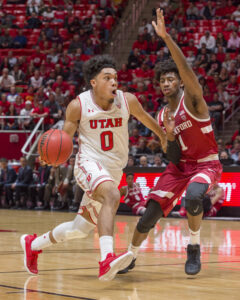
(Photo by Kiffer Creveling | The Daily Utah Chronicle)
Basketball
With foundations in the same time period as baseball and football, basketball was another sport that started with American roots and quickly expanded throughout the world. Similar to most sports, basketball had a shaky start and took decades to develop before becoming a national league. As was the case with other sports, it wouldn’t take long for the game to achieve an international level of recognition. In 1932, the International Basketball Federation — more commonly known by its French moniker, the Fédération Internationale de Basketball (FIBA) — was founded by eight countries, all from Europe. In 1936, James Naismith, the man credited with inventing the game, was named its honorary president. Since the 1950s, FIBA has organized several different iterations of an international basketball tournament, starting a men’s tournament in 1950 and a women’s tournament three years later. Nowadays, FIBA acts, for the most part, as a development league for the National Basketball Association (NBA), as do most other international leagues. The two leagues have annual games and treat the occasion as a chance to celebrate basketball’s international reach.
International Representation in American Sports
While American sports have made their way to the global stage, many of sports’ greatest moments have immigrant players to thank. The MLB has several international residents to thank for much of their most recent relevance. The league was taken by storm two years ago when Japanese pitching sensation Shohei Ohtani decided to play in America. The dual-threat pitcher-hitter made his choice to play for the Los Angeles Angels of Anaheim, and while his first season in the majors was cut short by Tommy John’s surgery, the move sparked waves throughout sports media. Jose Altuve is another famous name to come from outside the states, as the Venezuelan native was a key part of the Houston Astros’ 2017 World Series run, and was named AL MVP that same year.
According to Forbes’ Stuart Anderson, 27 percent of the MLB’s players were not born in the U.S. and most have to come into the U.S. on a green card achieved through their abilities on the diamond.
“To gain permanent residency,” Anderson wrote, “the sports team would normally sponsor the athlete through the rigorous EB-1 (extraordinary ability) or EB-2 (exceptional ability) processes.”
Through sports, we can see that while millions of people have immigrated to the U.S., the sports created in the U.S. have done the exact opposite, and now the sports we know and love can have the same effect on generations of people the world over.







